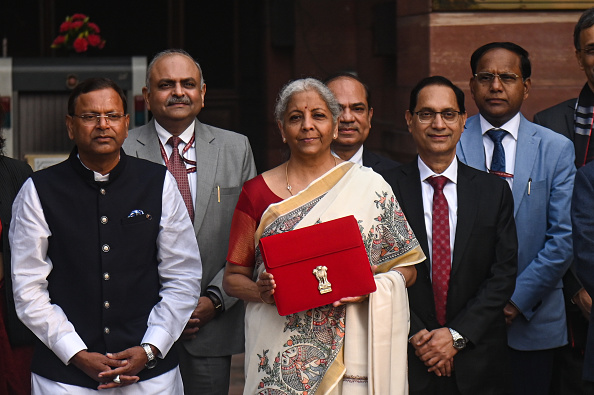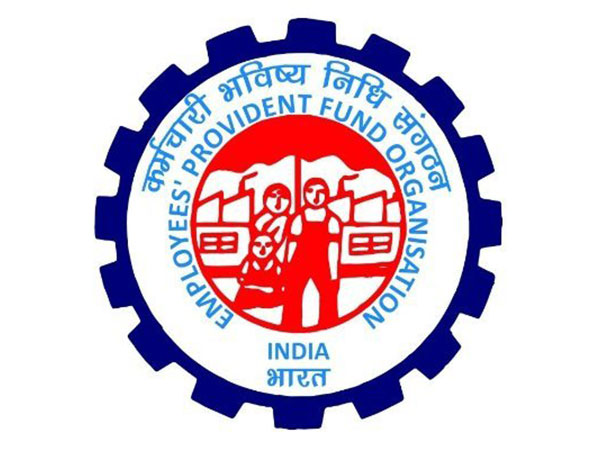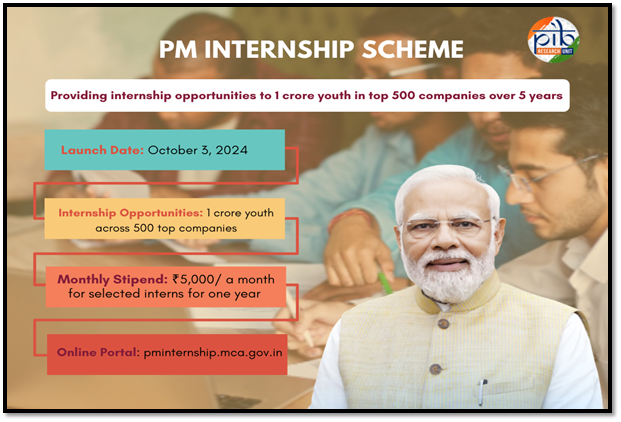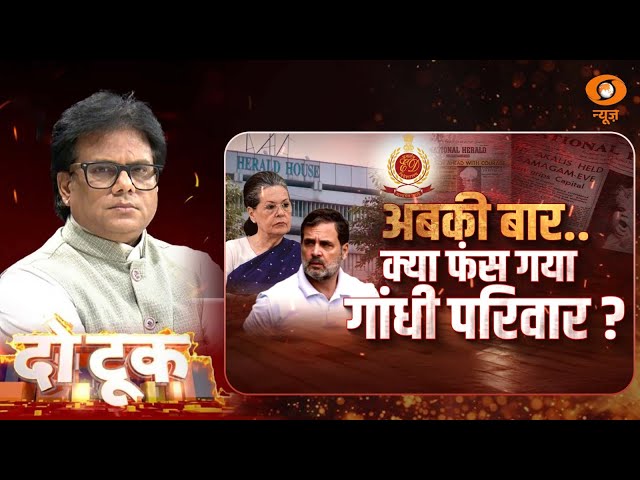Less than a week after the finance minister announced the budget, the Reserve Bank of India announced a rate cut, reducing the repo rate by 25 basis points. The synchronisation between the government and the central bank ensures that the temporary dip in the growth numbers is reversed immediately. The tea leaves are being read correctly and, more importantly, on time.
In the second quarter of FY25, India’s Gross Domestic Product (GDP) grew by 5.4 per cent. Much of it can be attributed to the slowdown in business activity because of the Lok Sabha elections rather than the overall sentiment in the market. In Q3, a recovery is expected to be on the horizon, with festive spending kicking in.
The government, however, is not relying solely on festive spending and the non-election season and is looking at the larger picture. The income tax cut announced in the budget is unprecedented, for it will unleash a consumption spree never witnessed before. The new tax cuts have excluded over 75 percent of the return-filing salaried individuals from the forthcoming year, leaving them with more disposable income.
A person earning Rs. 10 Lakh per annum now has Rs. 50,000 more as disposable income. But the savings have also been ensured beyond the income bracket of Rs. 12 Lakh. For instance, someone earning Rs. 25 Lakh will now receive an additional Rs. 110,000 each year due to the rationalisation in tax slabs. The savings are across the board. It is not about raising the threshold of income tax, but ensuring more money in the hands of the people.
The tax cut will usher both indirect tax revenue for the government and consumption. Someone earning Rs. 12 Lakh per annum will now save Rs. 80,000 annually. Assume a spouse in the same salary bracket and you have a household where the disposable income increases by Rs. 120,000, at least, or Rs. 10,000 each month.
Now, depending on the household, this can amount to greater expenditure on vegetables and fruits, FMCG products, and eating out. In a quarter, that could amount to an additional vacation to a nearby town. From an annual perspective, this leaves the family with enough room to buy their first car, a hatchback, perhaps, by accessing a loan.
To propel growth, the middle class alone is not being counted on. Agriculture, making up for one-sixth of the GDP, is the primary focus as well. Focusing on crop diversification through pulses, the government wants to increase the disposable income of farmers. Ensuring ease of market access will warrant improvements in infrastructure and logistics options like cold storage.
The Dhan Dhaanya Yojana shifts the focus to the lowest productivity districts. This will have a direct bearing on the rural economy of the respective state as farmers and households will have more disposable income. Further, the Dhan Dhaanya Yojana must encourage the growth of more Farmer Producer Organisations (FPOs) in the remotest corners of the country, making the small and marginal farmers indispensable stakeholders in India’s growth process.
In addressing the short-term goals, the government has not lost sight of the long-term asset creation. In the last four budgets presented, the effective capex has been more than Rs. 50 Lakh Crore. This is the second consecutive financial year where the committed capex has been more than Rs. 10 Lakh Crore.
The long-term asset creation in roads, railways, and defence will go a long way in serving India’s economic interests. Beyond employment and revenue, these infrastructural marvels are proving to be enablers of the local economy. In many regions, an uptick in infrastructure projects has allowed the women living there to access more employment opportunities and even boost their entrepreneurial prospects.
The push for manufacturing in the last decade is also expected to change the nature of employment pursuit in India. Earlier, young professionals, even with ones with relatively less formal education, were looking for jobs in the services industry. Now, as manufacturing finds its footing, people will seek new opportunities in manufacturing clusters. This shift will be significant in MSMEs, now finding more financial room as they embrace formalization.
The government should also work on capitalising on the smaller ideas, ones that are beyond headlines. For instance, the objective of turning India Post into a large logistics organisation must be complemented by integrating it with the Open Network for Digital Commerce. Why can’t India Post be imagined as one of the many digital arms of online commerce in India, benefitting our MSMEs and young entrepreneurs?
The fourteen budgets of the Modi Government, put together, tell us a story, that of the lost decade between 2004 and 2014. The push for manufacturing was delayed intentionally. Ignorance on the infrastructure front was rampant. And while incomes increased steadily, the government was deliberating having a 40 per cent tax rate on those earning above Rs. 10 Lakh to cover up the fiscal deficit. This was the legacy of the Congress Government.
The Narendra Modi government has focused on both the macro and micro aspects of governance. The story of Rs. 40 Lakh Crore worth of welfare transfers, directly into the bank accounts of the beneficiaries, cannot be told without the fiscal deficit being narrowed to 4.4 per cent.
The objective of the government is to propel growth, and the budget takes all the right steps in that direction. To the people, the message is clear: this is the time, the right time. Invest in India and grow with India.
(Tushar Gupta is a senior journalist and political analyst)





















